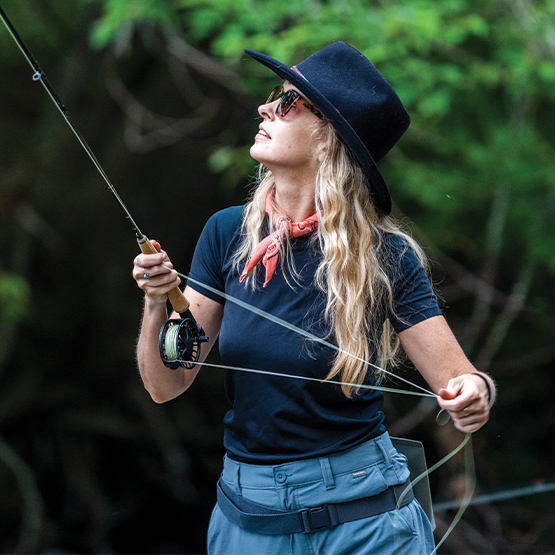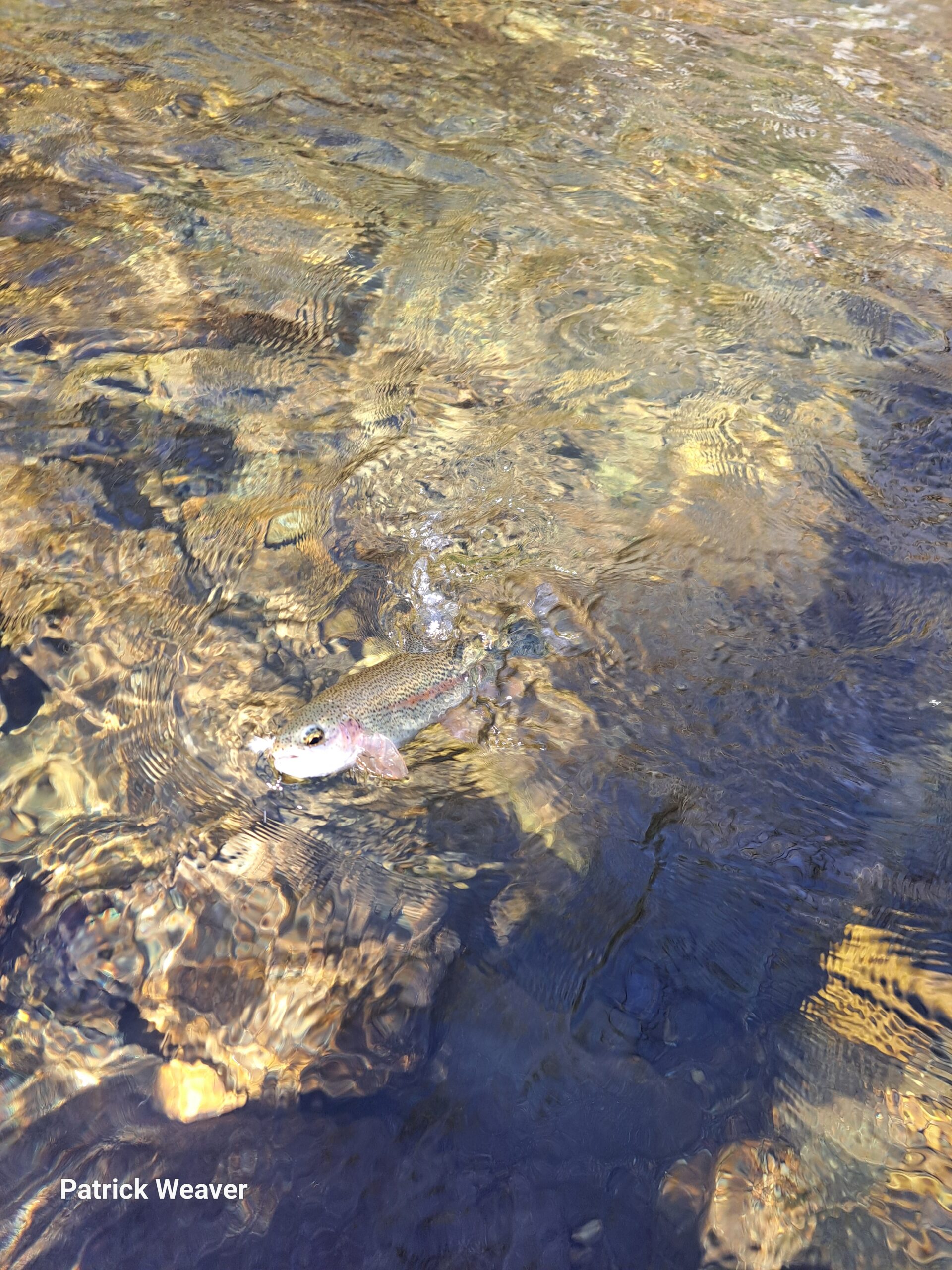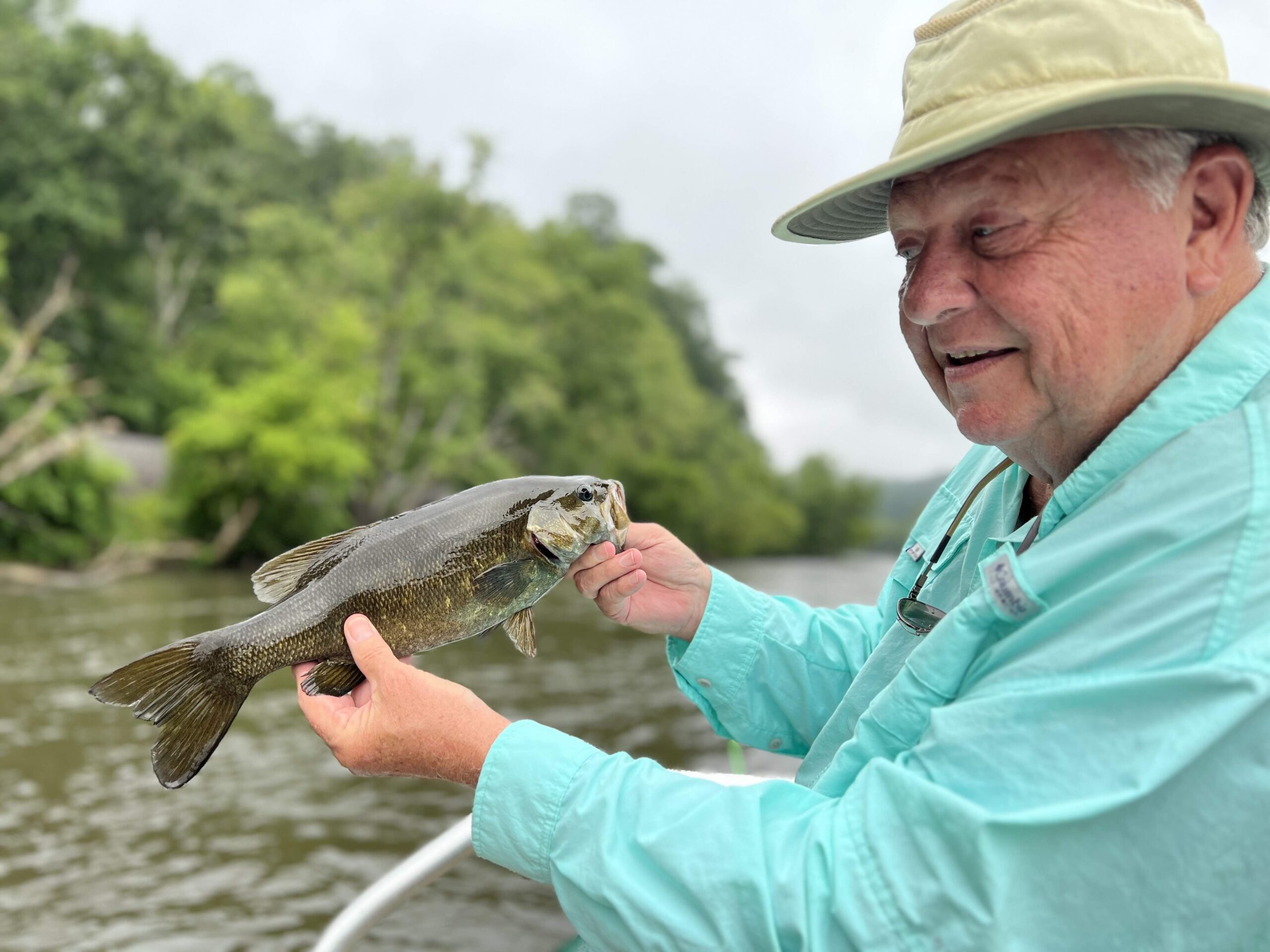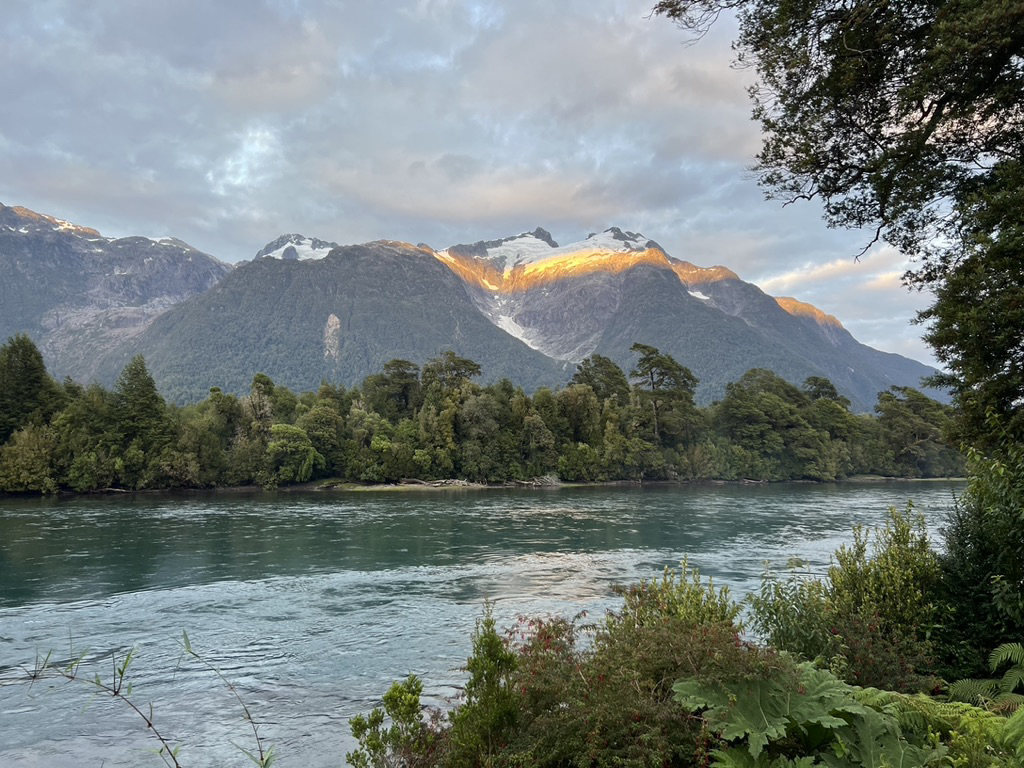Davidson River Winter
Midges, Light lines and cold fingers
Please always practice the seven principles of Leave No Trace, be ethical in your fishing practices, and respect our public lands.
A Winter Fishing Getaway:
Because of its healthy trout populations and easy access, the Davidson River in the Pisgah National Forest near Brevard is one of the most popular and heavily fished destinations in Western North Carolina.
On most summer days, there’s hardly a pull-off to be found along Hwy. 276 or Forest Service Road 475, which parallel the river for much of its 15 mile length. Add picnickers, tubers, canoeists, kayakers, swimmers, dogs and anglers, and the Davidson can seem like quite a circus between Memorial Day and Labor Day.
Gear:
The river’s popularity is well-deserved, though. No other freestone river in Western North Carolina can boast the numbers of fish, especially trophy-sized fish, that the Davidson can, thanks to year-round, catch and release regulations and above-average fertility (helped in part by outflow from the Pisgah Fish Hatchery upstream.) One study found 64 browns, 216 rainbows and a few brookies in every acre of the river!
In the summer, the key to avoiding crowds on the “Big D” is to fish very early or very late, secreting into position at the base of a smooth pool and waiting for the ‘blip!’ of that first rise. Or, try climbing into the river’s headwaters, such as Shuck Ridge Creek and Cove Creek, to dapple a Tennessee Wulff in front of wild rainbows. Still, that doesn’t guarantee solitude or good fishing, with all the mountain bikers and campers around.
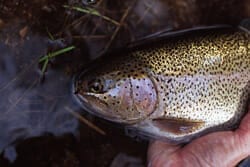 By contrast, winter is a favorite time to guide on and fish the Davidson. Gone are the flotillas of tubers, the clogged parking spots, and those frustrating moments when you hike in two miles only to find another angler has flogged your honey hole. The Davidson is famous for its midge and blue-winged olive hatches, and these bugs come off fabulously all winter long. If you can handle temperatures in the mid 40s to even 60 on balmy days, the Big D offers a winter fly-fishing getaway unparalleled in the East.
By contrast, winter is a favorite time to guide on and fish the Davidson. Gone are the flotillas of tubers, the clogged parking spots, and those frustrating moments when you hike in two miles only to find another angler has flogged your honey hole. The Davidson is famous for its midge and blue-winged olive hatches, and these bugs come off fabulously all winter long. If you can handle temperatures in the mid 40s to even 60 on balmy days, the Big D offers a winter fly-fishing getaway unparalleled in the East.
Midge Fishing:
Midge fishing is not for everybody, though, because the flies typically range from a #18 (a big honkin’ midge) to a #30 (a dust speck.) Such small flies require using 6X, 7X or even 8X tippet, which is fragile and easily snapped if one strikes too hard or plays a fish too roughly. A standard Davidson midge rig for the winter begins with a #22-#24 midge larva in red, olive or brown, weighted with a few microshot, and a midge pupa dropper in olive, brown, gray or black. These are fished under a small strike indicator (some preferring Palsas), along the bottom or close to it.
If the trout are working the surface, it’s important to determine whether they are eating fully emerged adults, clusters of mating midges or almost-emerged pupa stuck in the surface film. Reading the rise forms is key: a gentle sip that leaves a bubble or two behind calls for a midge dry such as a #20 Parachute Black Midge; a more aggressive rise could mean they’re eating clusters of mating midges, which suggests tying on a #20 Griffith’s Gnat.
On the other hand, the sight of a dorsal fin or a bulging rise usually means they’re feeding on emergers in or just below the surface film. A black, cream or gray Brooks Sprout midge or an RS-2 dropped off one of the above patterns should be the ticket.
That’s not to say that larger flies never work during the winter on the Davidson. In places where the water tumbles over shelves into deep drop-offs are ideal places to tie on a #10-#12 black or brown stonefly nymph. Because many stonefly species have a 24-month life cycle, there are always a few nymphs available to trout year-round. And during the winter, such meaty nymphs offer a nourishing meal. However, a #22 midge pupa dropper will outfish a stonefly nymph 10-to-1.
If you’ve never fished the Davidson before, or have fished it with little success, the best investment an angler can make is to hire a guide who knows the river well. Our licensed guides here at Headwaters Outfitters have over 75 years of combined experience fishing the Davidson. Call us at (828) 877-3106 to book a trip soon.
Where to Start:
Start on the lowest mile of public water on the Davidson, from Avery Creek down to the Forest Service boundary. This stretch is the most heavily stocked mile of water in North Carolina, receiving 1,100 trout (browns, rainbows and brookies) per month from March through August. Anglers are allowed to keep seven fish per day, with no size restrictions, from April through February.
Although many fish are harvested during the course of the season, this stretch supports a large number of holdover fish, as well as wild, stream-born trout. The lower mile of the Davidson is often overlooked by fly fishermen because it is not catch-and-release like the rest of the river and it is pounded by bait and hardware fishermen during the summer. But winter is a different kettle of fish, so to speak.
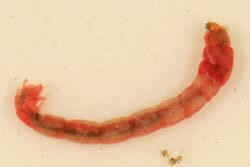 When air temperatures hover in the 50s, it is possible to fish the entire mile of catch-and-keep waters without seeing another angler. On a typical sunny winter’s day, there will be holdover rainbows and wild browns rising to miniscule midges or BWOs along soft seams and in the back of every flat. It’s meticulous fishing, requiring long, fine leaders, small flies and delicate presentations, but the trout here are generally easier to catch than fish higher up because they see less angling pressure after Labor Day.
When air temperatures hover in the 50s, it is possible to fish the entire mile of catch-and-keep waters without seeing another angler. On a typical sunny winter’s day, there will be holdover rainbows and wild browns rising to miniscule midges or BWOs along soft seams and in the back of every flat. It’s meticulous fishing, requiring long, fine leaders, small flies and delicate presentations, but the trout here are generally easier to catch than fish higher up because they see less angling pressure after Labor Day.
Upstream of Avery Creek, catch-and-release fly fishing is the law on the Davidson. That’s a good thing, because the long, slick pools of the lower river are pure nirvana for dry-fly fishermen. Decades-long monitoring by the North Carolina Division of Water Quality shows that many pollution-intolerant mayflies, including four Drunella species and seven Baetis species, thrive here. Size 18- through -24 Parachute BWOs, Parachute Adams and olive Comparaduns are good imitations for these naturals, which emerge best on overcast or rainy days.
Day in and day out, though, midges are the bread and butter for winter Davidson trout. Midges are tiny, two-winged flies in the same order (Diptera) as house flies. Sometimes referred by non-anglers as “gnats,” midges evolve from a worm-like larva into a bulbous pupa that ascends to the surface and emerges as a mosquito-looking bug. They are consistently the #1 most available food source for Davidson trout, year-round.

Patrick Weaver
Patrick is the Education Coordinator here at Headwaters and has over 30 years of teaching fly fishing along the Davidson River. Have specific questions? Email him at Patrick@headwatersoutfitters.com
